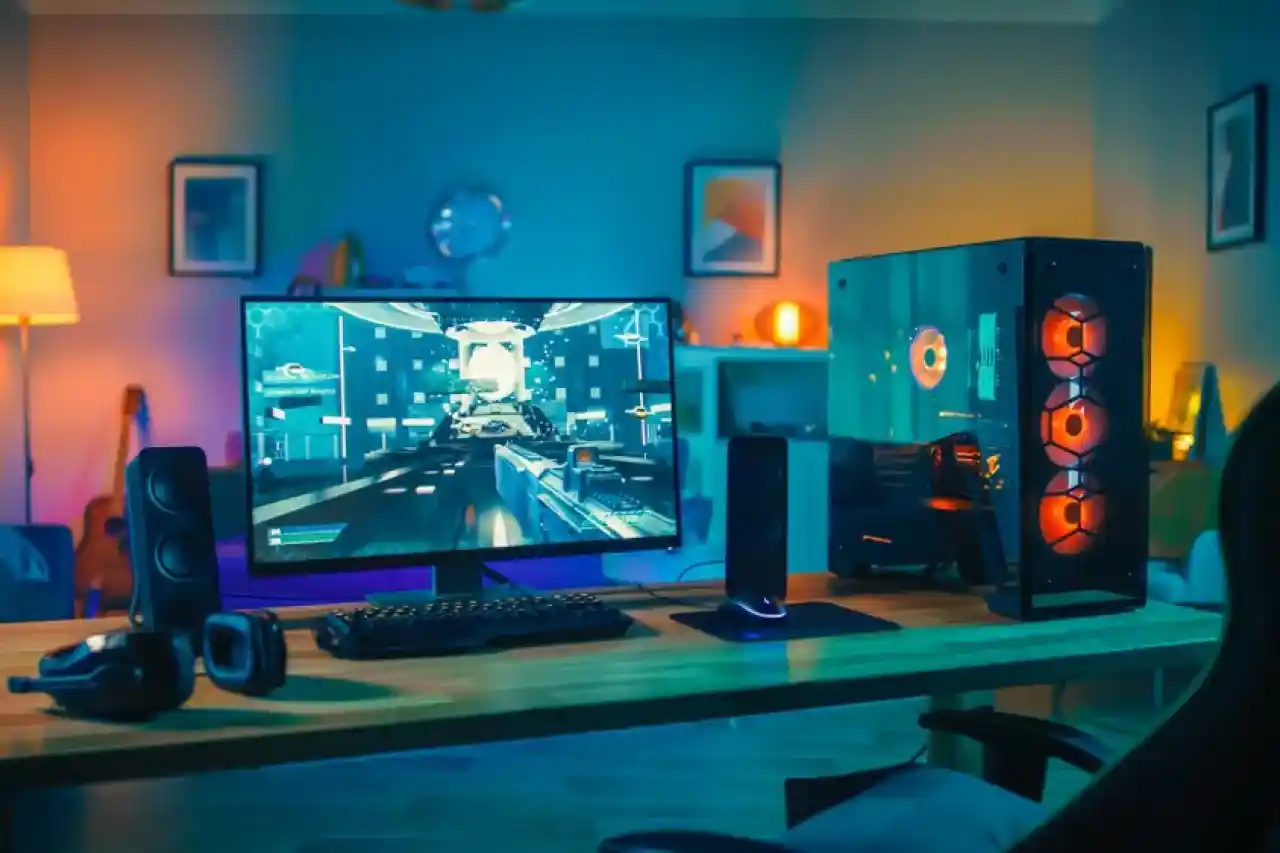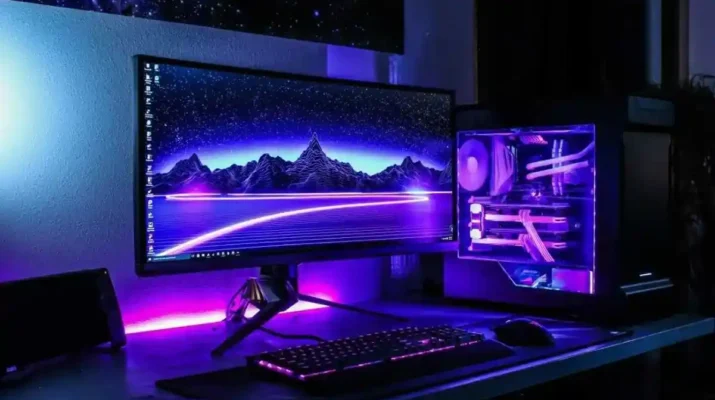In the world of gaming, the term “budget build gaming pc” is often met with skepticism. Many believe that a powerful gaming rig is a luxury reserved only for those with deep pockets. The reality is far from it. With a bit of research and a smart approach to component selection, you can build a formidable PC that can run the latest games smoothly without draining your savings. This guide will walk you through the essential steps, from understanding key components to making smart compromises.
The Myth of the “Sultan” PC for Powerful gaming

The notion that high-performance gaming requires a five-figure investment is a common misconception. While top-of-the-line components like the newest generation of graphics cards and CPUs promise unparalleled performance, their price-to-performance ratio often diminishes significantly. The sweet spot for most gamers lies in the mid-range and even entry-level categories, where manufacturers are constantly innovating to offer the best value.
“A budget PC isn’t about sacrificing performance; it’s about being a smarter consumer,” says our resident tech analyst, Mark Anderson. “You don’t need the absolute best to have an amazing gaming experience. You just need to know where to spend your money wisely.”
Prioritizing the Core Components
When building on a budget, every dollar counts. The key to a successful build is to allocate the majority of your budget to the components that directly impact gaming performance. This means prioritizing the GPU and CPU above all else, while being more flexible with other parts like the case or power supply.
The Graphics Card (GPU)
The graphics card is the heart of any gaming PC. It handles the rendering of all the visuals you see on screen, from complex textures to fluid animations. This is the single most important component to invest in. A powerful GPU can compensate for a slightly less powerful CPU in many powerful gaming scenarios. Look for GPUs from the previous generation or mid-range current-gen cards that have seen price drops. They often offer near-flagship performance from just a year or two ago for a fraction of the cost.
The Central Processing Unit (CPU)
The CPU, or processor, is the brain of your computer. It manages game logic, AI, and all the background tasks. While a powerful CPU is important, you don’t need the most expensive one. A mid-range processor from a reputable brand like Intel or AMD will offer excellent performance for powerful gaming and multitasking. It is important to match your CPU with your GPU to avoid “bottlenecking,” a situation where one component holds back the performance of another.
Smart Compromises: Where You Can Save
Once you have identified your core components, you can look for ways to save on the rest of the build. These parts are important but have a lesser direct impact on your in-game frame rates. Making smart choices here can free up a significant portion of your budget to be reallocated to the GPU or CPU.
Memory and Storage
For RAM, 16GB is the sweet spot for modern gaming. Anything less may cause performance issues, and anything more is often unnecessary for a budget build. As for storage, a solid-state drive (SSD) is a non-negotiable for faster boot times and game loading. A 500GB or 1TB NVMe SSD is an affordable and effective choice. You can always add a larger, slower, and cheaper Hard Disk Drive (HDD) later for storing non-game files.
The Motherboard and Power Supply
The motherboard is the foundation that holds all your components together. While high-end motherboards offer more features like Wi-Fi and extensive overclocking support, a basic model that is compatible with your CPU will do the job perfectly. For the power supply unit (PSU), do not cheap out entirely, but you also don’t need the most expensive one. Look for a unit from a trusted brand with a good efficiency rating (like 80+ Bronze). A reliable PSU will ensure the stability and longevity of your system.
The Finishing Touches: The Case and Cooling
The case is more than just a box for your components; it’s a key part of your system’s airflow and aesthetics. You can save money here by choosing a simple, functional case that has good ventilation and enough space for your components. You don’t need a fancy case with lots of RGB lighting. Similarly, the stock cooler that comes with many CPUs is often sufficient for a budget build unless you plan on heavy overclocking.
“I’ve seen too many people spend half their budget on a flashy case and a top-of-the-line cooling system, only to pair it with a subpar GPU,” says Anderson. “Focus on what matters first. The lights and liquid cooling can come later.”
